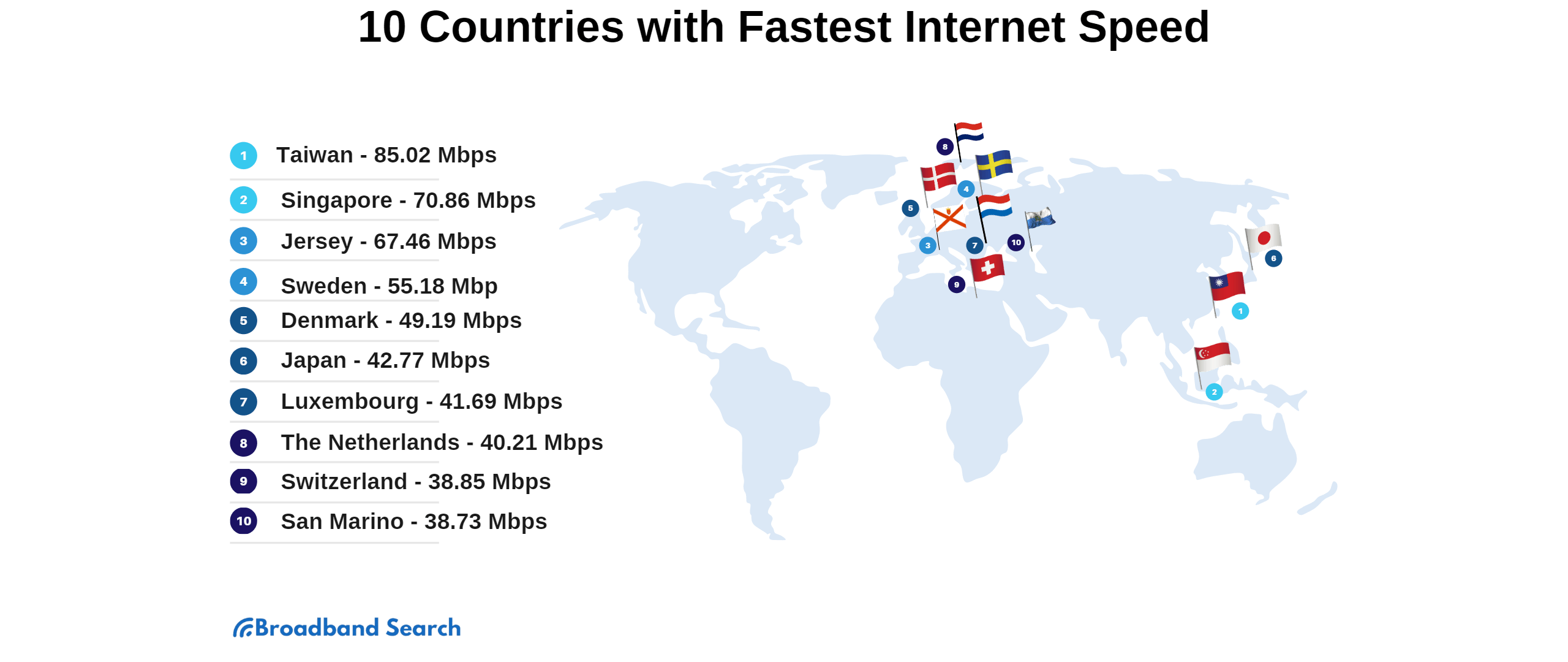The Art of Wi-Fi Router Placement: Strategies for a Connectivity Improvement
In the current digital landscape, a fast and dependable internet connection is crucial for for job and personal use. Whether you’re binge-watching your beloved series, engaging in video conferences, or doing remote work, the quality of your internet signal can significantly impact your experience.
One commonly overlooked factor that can boost your internet performance is the positioning of your router.
Perfect router placement is an art that can lead to a remarkable boost in signal strength and reach throughout your home. By understanding how to position your router effectively, you can eliminate dead zones and experience a quicker, more reliable connection. In this guide, we will discuss practical tips and strategies to help you find the perfect spot for your router, ensuring that you get the highest quality internet experience.
Grasping Wi-Fi Signal Strength
Wi-Fi radio signal power is crucial for a stable internet link. It refers to the power of the wireless signal broadcasted from your router. High signal power
ensures that your equipment can connect and interact efficiently with the router, resulting in quick and steady internet access. On the other hand, weak signals can lead in sluggish speeds, regular disconnections, and annoyance when watching or browsing online.
Various elements impact the strength of your wireless signal. Proximity from the router is a primary consideration; the farther away you are, the weaker the signal will be. Additionally, physical barriers like partitions, items, and appliances can lessen signal power. Interference from additional electronic devices, such as microwaves and infant monitors, can also disturb wireless signals, affecting overall performance.
To gauge the power of your Wi-Fi signal, you can use tools with radio power indicators, applications, or built-in tools within your operating system. A strong signal is generally viewed to be greater than 60 dBm, but the closer to 0 dBm you can get, the stronger your link will be. Grasping these elements of wireless signal power is essential for optimizing the placement of your wireless router to guarantee the best available web performance across your home or workspace.
Ideal Router Locations
As you configuring the Wi-Fi network, choosing the right site for the router is vital for achieving the highest signal strength and coverage. In an ideal situation, you would like to position your router in a middle location within your home or office. This thoughtful setup helps that the signal can extend to all corners of the area, minimizing dead zones and low signal areas. If the home is two-story, positioning the router on the upper level can improve coverage for all floors.
Physical obstructions can greatly affect your internet signal, so it's vital to place the router away from dense partitions, heavy furniture, and gadgets. Substances such as steel, stone, or cement can block or weaken the signal, causing connectivity issues. Elevating 인터넷가입비교 on a platform or mounting it high on a wall can also help by removing some of those barriers and enhancing the overall coverage area.
Also, consider the use of external antennas if the space has unique challenges, such as long distances or various floors. Some routers come with flexible antennas that can be positioned for best coverage. If your internet needs exceed the capability of a single router, using various access points or a distributed Wi-Fi system may be a wise choice to provide a seamless internet experience throughout your environment.
Typical Placement Mistakes
One typical mistake individuals commit when placing their routers is placing them close to walls or in corners of a room. This can severely reduce the wireless signal range and cause dead spots, as the signal struggles to penetrate obstacles. Instead, routers should be positioned in a central location within the home or office to maximize signal coverage and provide a stronger connection throughout the area.
Another common mistake is keeping the wireless router on the ground. Unfortunately, positioning the wireless router at a lower height limits its capacity to distribute the wireless signal effectively. Elevating the router, such as on a shelf or table, allows for better wireless signal distribution and enhanced Wi-Fi connection, making it more convenient for devices throughout the area to receive a strong connection.
Lastly, many users overlook interference from electronic devices. Placing the router too close to devices like microwaves, wireless phones, or bluetooth-enabled devices can disrupt the wireless signal. It's important to ensure that the router is placed away from such gadgets, which often function on similar radio frequencies, to reduce interference and maintain a consistent internet connection access.
